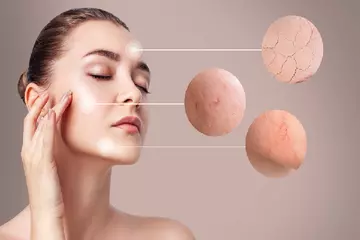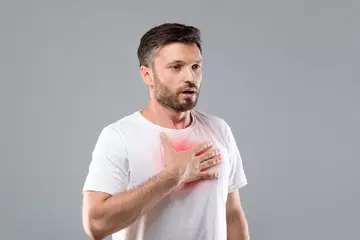What are scars?
Scars are permanent patches that appear on the skin after healing of a wound. They are formed after the body heals a cut, scrape, or burn; apart from these, even skin diseases, such as chickenpox and acne leave behind some scars upon healing. Scars appear pinkish or reddish and shiny and are raised over the normal skin.
What are its main signs and symptoms?
Depending on the type, impact, and extent of injuries, these scars have different shapes, sizes, and appearance.
-
Hypertrophic Scars
- Raised from the skin
- Red or pinkish in colour
- Within the boundary of the injury
-
Keloids
- Raised from the skin
- Reddish brownish in colour
- Spread over the normal skin
-
Acne Scars
-
Appear or remain after severe acne
-
-
Contracture Scars
- Appear over burn injuries
- Skin becomes tight and contracted
- Reduced movement over the affected area and may affect muscles and nerves
What are the main causes?
Whenever there is an injury to the skin and the tissue breaks open, the collagen protein is released and aggregates at the site of injury. It starts healing the wound and strengthens the clots. If the injury is relatively large, formation and deposition of this collagen fibres may continue for several days, and it appears to be thick, raised, reddish, and lumpy.
There are no specific causes for these scars, but they are more likely to occur over large injuries, cuts, burns, and sometimes after surgeries. People who are old or have darker skin are more prone to developing scars.
How is it diagnosed and treated?
Usually, a proper medical history and thorough clinical examination help in the diagnosis. It also hints towards what type of scar it is. Nevertheless, a skin biopsy (biopsy of the scar tissue) is performed sometimes to confirm the diagnosis.
It is difficult to remove these scars completely, but a majority of them fade away on their own over a couple of years. Certain treatment modalities help in removing these scars earlier or make them look less visible:
- Applying silicone gels locally over the scar
- Injecting steroids over and around the scar tissue to reduce the size of the scars
- Performing surgeries, such as excision of the scar or skin grafting
- Receiving laser therapy (vascular laser) to flatten the raised scar and sometimes ablative laser therapy to remove them.

 Doctors for Scars
Doctors for Scars  OTC Medicines for Scars
OTC Medicines for Scars
 Scars articles
Scars articles
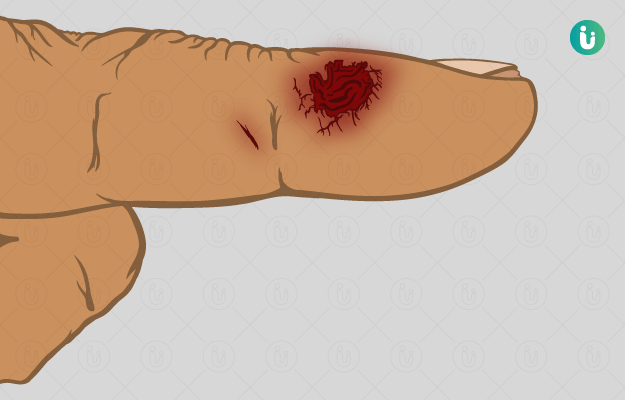
 Homeopathic Treatment of Scars
Homeopathic Treatment of Scars






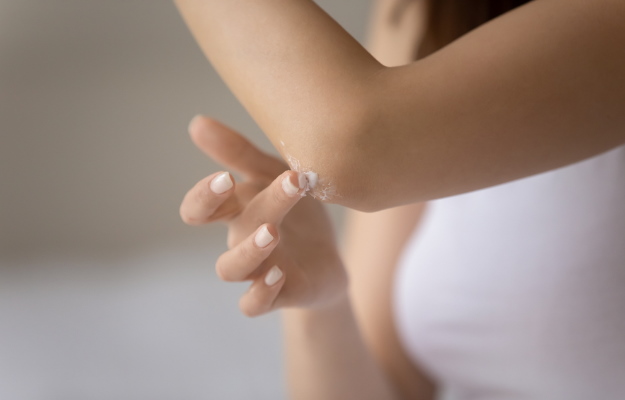
 Dr. Apratim Goel
Dr. Apratim Goel
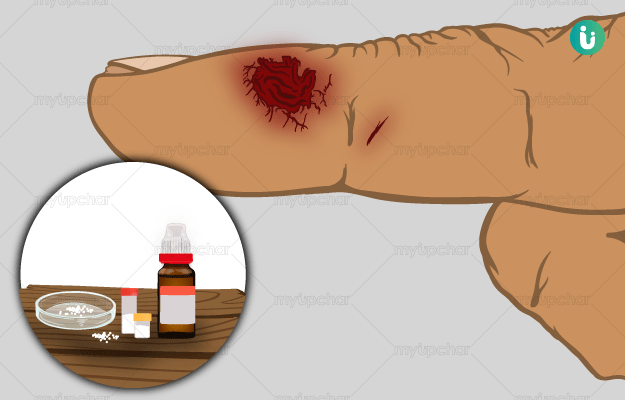
 Dr. Rachita Narsaria
Dr. Rachita Narsaria

 Dr. Laxmidutta Shukla
Dr. Laxmidutta Shukla
